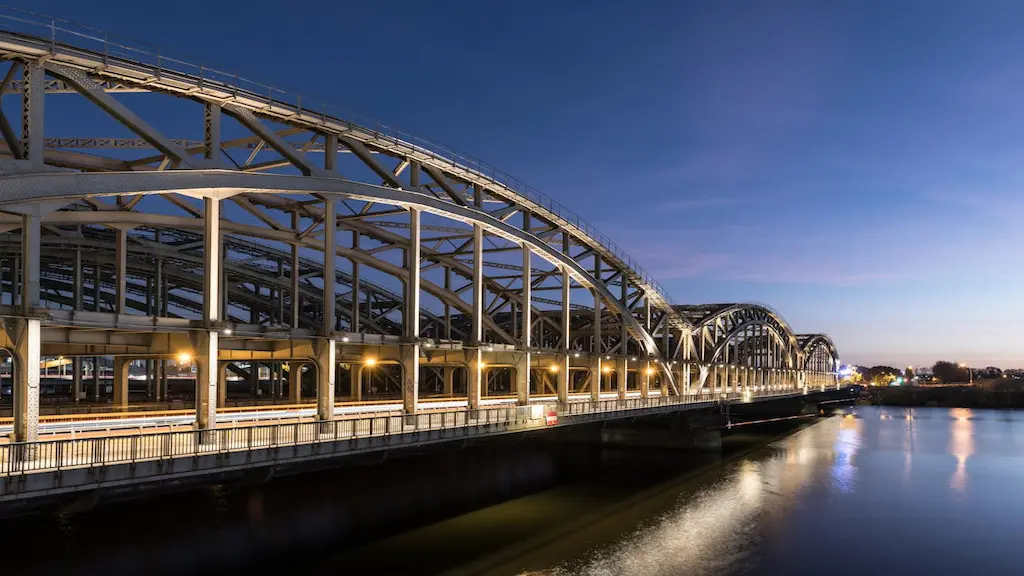Smart Steel Structures with AI Integration

Understanding Smart Steel Structures
Smart steel structures represent the next generation of building technology where traditional steel frameworks are enhanced with sensors, data analytics, and artificial intelligence (AI) systems. Unlike conventional steel buildings, smart steel structures are equipped with embedded devices that continuously monitor structural health, environmental conditions, and usage patterns in real-time. This data enables proactive maintenance, improved safety, and optimized building performance.
The integration of AI algorithms allows these systems to analyze vast amounts of sensor data to detect potential faults such as stress, cracks, or corrosion before they become critical. By leveraging machine learning models, smart steel structures can predict structural behaviors under different loads or environmental influences, enabling engineers to make informed decisions and extend the lifespan of buildings. This proactive approach reduces downtime, lowers maintenance costs, and enhances occupant safety.
Furthermore, smart steel buildings can adapt to changing conditions by dynamically adjusting elements such as ventilation, lighting, and load distribution, resulting in energy savings and improved occupant comfort. This convergence of steel construction with digital technology creates resilient, efficient, and intelligent infrastructures that meet the demands of modern urban environments.
Key Technologies Driving AI Integration in Steel Structures
Several cutting-edge technologies underpin the development of smart steel structures integrated with AI. IoT (Internet of Things) sensors play a central role by continuously collecting data on parameters like strain, vibration, temperature, humidity, and displacement. These sensors are often embedded during the fabrication or retrofitting stages and communicate wirelessly with centralized control systems.
Artificial intelligence processes this sensor data using machine learning and deep learning techniques to identify anomalies, forecast potential failures, and optimize structural performance. For instance, predictive maintenance algorithms analyze trends in stress levels and fatigue, enabling timely interventions before costly damages occur.
Additionally, digital twins—a virtual 3D replica of the physical structure—are increasingly used to simulate and monitor real-time behavior. By integrating AI, digital twins allow engineers to test “what-if” scenarios, improve design accuracy, and manage infrastructure assets more effectively.
Advanced robotics and automated construction also contribute by enabling precise fabrication and assembly of steel components based on AI-driven design optimizations, reducing errors and construction time.
Benefits of AI-Enabled Smart Steel Structures
The benefits of integrating AI into steel structures are substantial and span multiple dimensions. First and foremost, enhanced structural health monitoring increases safety by detecting early signs of deterioration or damage, which is crucial for critical infrastructures such as bridges, stadiums, and high-rise buildings. This capability helps prevent catastrophic failures and extends the service life of structures.
Operational efficiency is improved as AI-driven systems optimize energy consumption by adjusting heating, cooling, and lighting based on occupancy and environmental conditions. This not only lowers utility costs but also contributes to sustainability goals by reducing carbon footprints.
AI integration also facilitates better resource management by predicting maintenance needs, reducing unplanned repairs, and minimizing downtime. For facility managers, this translates into cost savings and more predictable budgeting.
Moreover, smart steel structures support adaptive architecture, where buildings can respond to dynamic loads such as wind or seismic activity by redistributing forces intelligently, enhancing resilience and occupant comfort.
Challenges and Future Prospects
Despite the exciting potential, the widespread adoption of AI-integrated smart steel structures faces challenges. High upfront costs related to sensor installation, AI system development, and data infrastructure can be barriers, particularly for smaller projects. Ensuring cybersecurity and data privacy in connected building systems is another critical concern.
There is also a need for industry-wide standards and regulations to govern AI applications in structural monitoring and control. Skilled professionals who can manage both advanced steel engineering and AI technologies are in demand but currently limited.
Looking ahead, ongoing advancements in AI, sensor technology, and edge computing promise to reduce costs and improve system reliability. The integration of 5G networks will enable faster data transmission and real-time decision-making on a larger scale.
As smart city initiatives expand globally, AI-enabled steel structures will play a pivotal role in creating safer, more efficient, and sustainable urban infrastructures. Collaboration between steel manufacturers, tech companies, and policymakers will accelerate innovation and adoption, shaping the future of construction.





